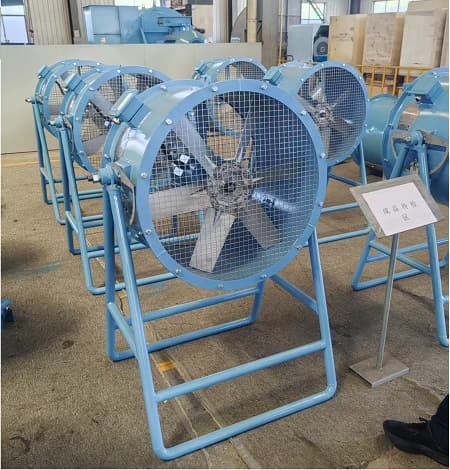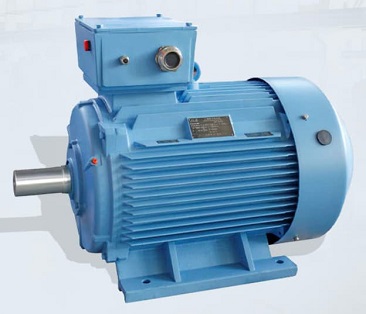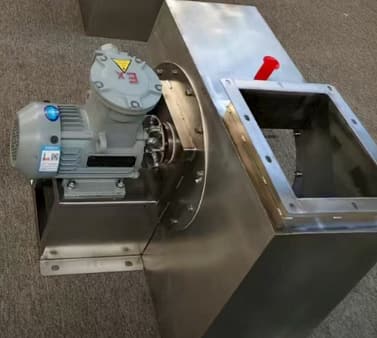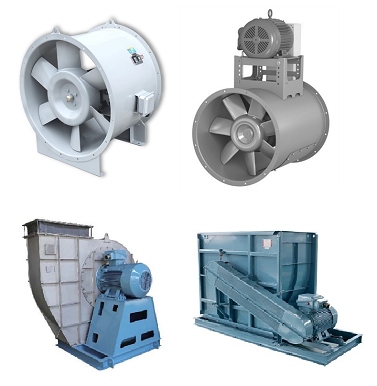Jet Fan in Road Tunnel Ventilation
Jet fans have become a cornerstone in the ventilation design of modern road tunnels. While often associated with underground parking structures or metro applications, their role in highway and vehicular tunnels is both critical and unique.
Why Road Tunnels Require Active Ventilation
Road tunnels are enclosed spaces where internal air quality can degrade rapidly due to vehicle exhaust emissions, heat, and in emergency scenarios, smoke from fires. Key pollutants include carbon monoxide (CO), nitrogen oxides (NOx), and particulate matter (PM). Without effective ventilation, these substances can accumulate to hazardous levels, endangering driver health and impairing visibility.
According to PIARC (World Road Association), maintaining air quality in tunnels is essential for both safety and legal compliance in most countries. [https://www.piarc.org]
Jet Fans vs. Traditional Ducted Ventilation Systems
In open-air environments or short tunnels, natural ventilation or semi-passive systems may suffice. However, in longer road tunnels, natural airflow is inadequate due to pressure resistance and stagnation zones. Here, the jet fan system stands out.
Unlike ducted systems that require large space and extensive infrastructure, jet fans use the principle of impulse ventilation. They accelerate air along the tunnel axis by generating a high-velocity jet stream, inducing a longitudinal airflow that continuously replaces stale or smoke-laden air with fresh air from tunnel portals.
The Impact of Using Jet Fans in Road Tunnels
1. Efficient Airflow Control
Jet fans allow precise directional control of airflow. Depending on traffic patterns, temperature differentials, and pollutant levels, fans can be activated in different zones or reversed for back-layering control during fire events. This dynamic flexibility is not possible with passive systems or axial flow-only designs.
Click to learn the direction control of jet fan [Jet Fan in Tunnel Ventilation: Unidirectional vs Reversible]
2. Reduced Infrastructure and Installation Cost
In road tunnels where space is limited, using jet fans eliminates the need for bulky ventilation ducts, mechanical shafts, and remote air-handling equipment. The fans are mounted directly on the ceiling, saving both space and construction time.
3. Enhanced Fire and Smoke Management
In case of vehicle fire incidents, a jet fan system becomes a life-saving solution. By pushing smoke in a single direction, it creates a safe evacuation path upstream of the incident. This directional smoke control cannot be achieved without active jet propulsion.
According to NFPA 502, longitudinal ventilation using jet fans is the most effective method for smoke management in one-way traffic road tunnels. [https://www.nfpa.org]
4. Energy Efficiency and On-Demand Operation
Modern jet fans can be controlled via intelligent sensors that monitor CO levels, air velocity, and visibility. Fans only operate when needed, reducing energy consumption and system wear.
What If Jet Fans Are Not Used?
1. Air Quality Deterioration
Without jet fans, road tunnels are prone to stagnant air and pollutant buildup, especially during peak traffic. This leads to increased health risks, legal violations of emission standards, and poor driving conditions.
2. Ineffective Smoke Control During Fires
In emergency scenarios, such as truck fires or fuel spills, smoke accumulates rapidly. Passive ventilation or static duct systems fail to direct smoke flow. The result: chaotic evacuation, firefighter access delays, and higher fatality risk.
3. Higher Civil Engineering Costs
Alternative solutions, like full cross-ventilation with large ducts, require extra tunnel height, more excavation, and higher structural loads, significantly increasing construction and maintenance costs.
Jet Fans and Tunnel Design Standards
Jet fan systems in road tunnels are designed following some standards such as:
-
NFPA 502 (Fire Protection for Road Tunnels)
-
EN 12101-3 (Smoke and heat control systems – powered smoke and heat exhaust ventilators)
-
PIARC guidelines for longitudinal ventilation and fire scenarios
These standards ensure that systems are sized correctly, fans are rated for high-temperature operation (typically 250°C–400°C for 1–2 hours), and emergency response is effective.
Conclusion: A Non-Negotiable Element in Tunnel Safety
In the context of road tunnels, jet fans are not just a ventilation option—they are a necessity. They offer unmatched flexibility, cost efficiency, and safety performance. Without them, tunnel environments become unpredictable, non-compliant, and potentially fatal during emergencies.
If you are looking for jet fan suppliers from China, click [Top 10 Jet Fan Manufacturers in China 2024] for reference!
Click to read related articals about Jet Fan:
Jet Fan Applications and Performance
Jet Fans in Tunnels: The Modern Answer for Underground Ventilation
The content of the article cannot avoid omissions and errors. Welcome to propose corrections.
 Mancooler (Workstation) Fans — Why Your Factory Needs the Right One
Mancooler (Workstation) Fans — Why Your Factory Needs the Right One
 Motor Classifications in Industrial Fans
Motor Classifications in Industrial Fans
 Materials for Explosion-Proof Fan
Materials for Explosion-Proof Fan
 Direct Drive vs. Belt Drive in Axial Fan and Centrifugal Fan
Direct Drive vs. Belt Drive in Axial Fan and Centrifugal Fan

